Stool by Franco Albini for Bonacina, 1960s
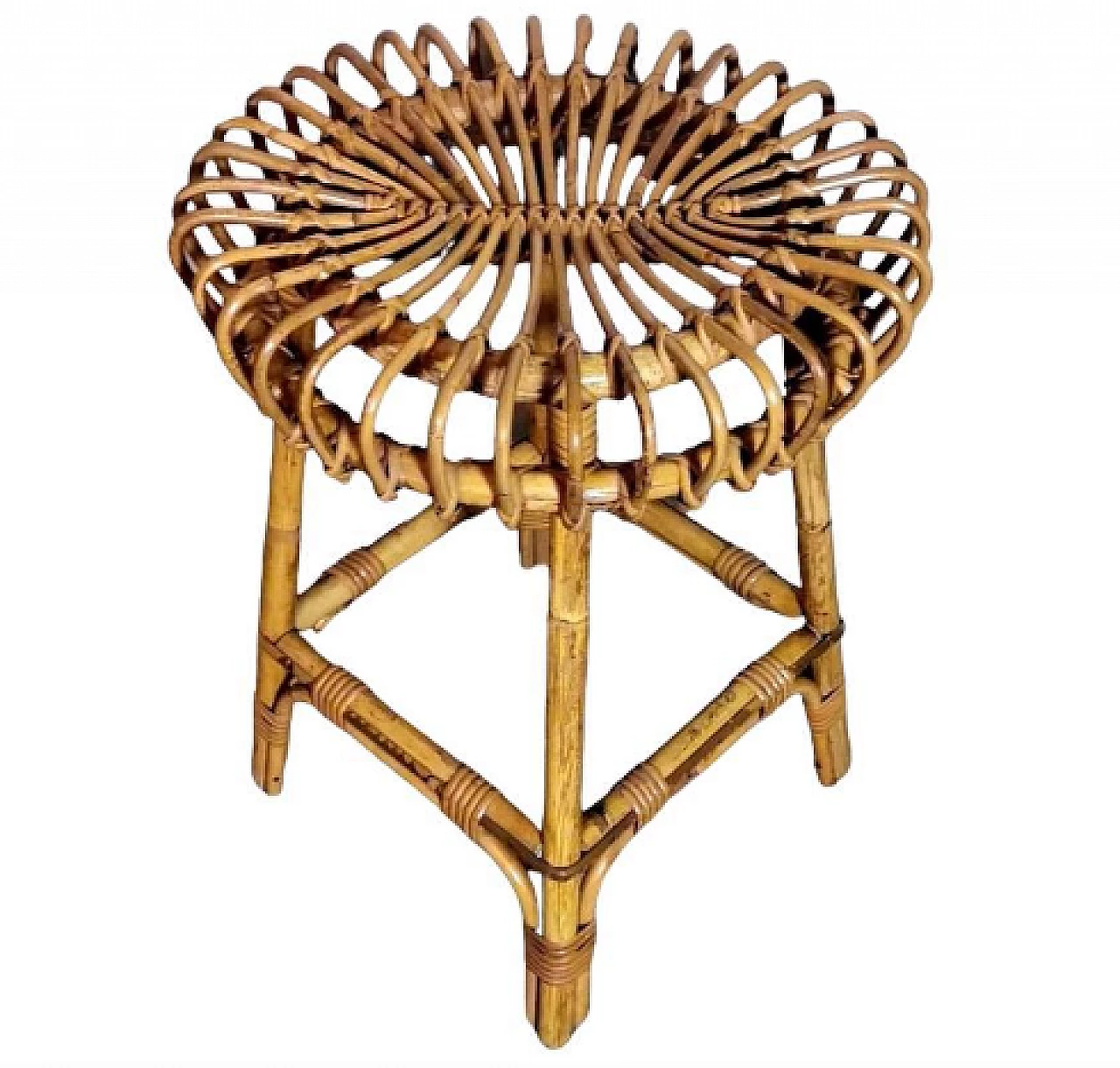
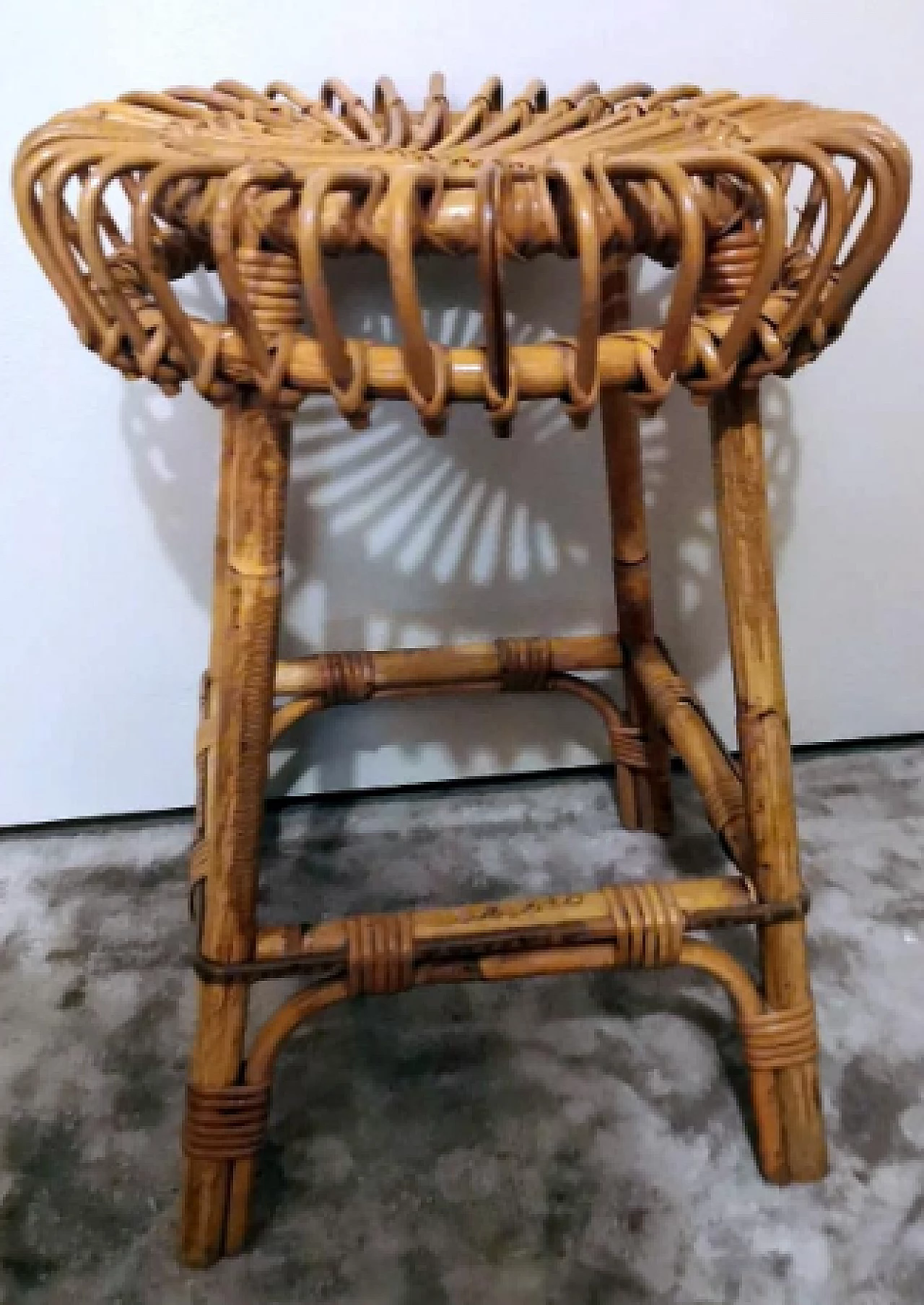
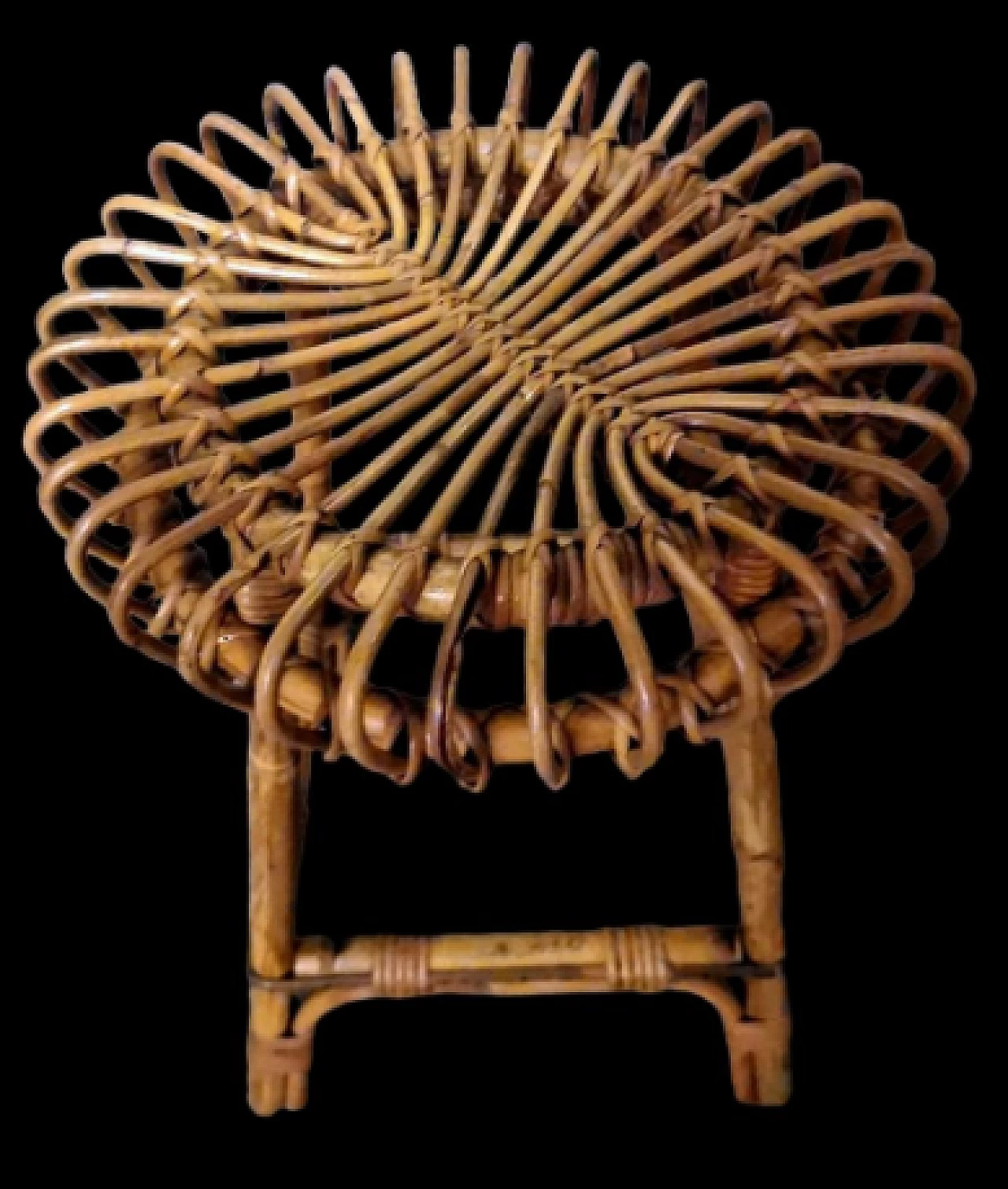
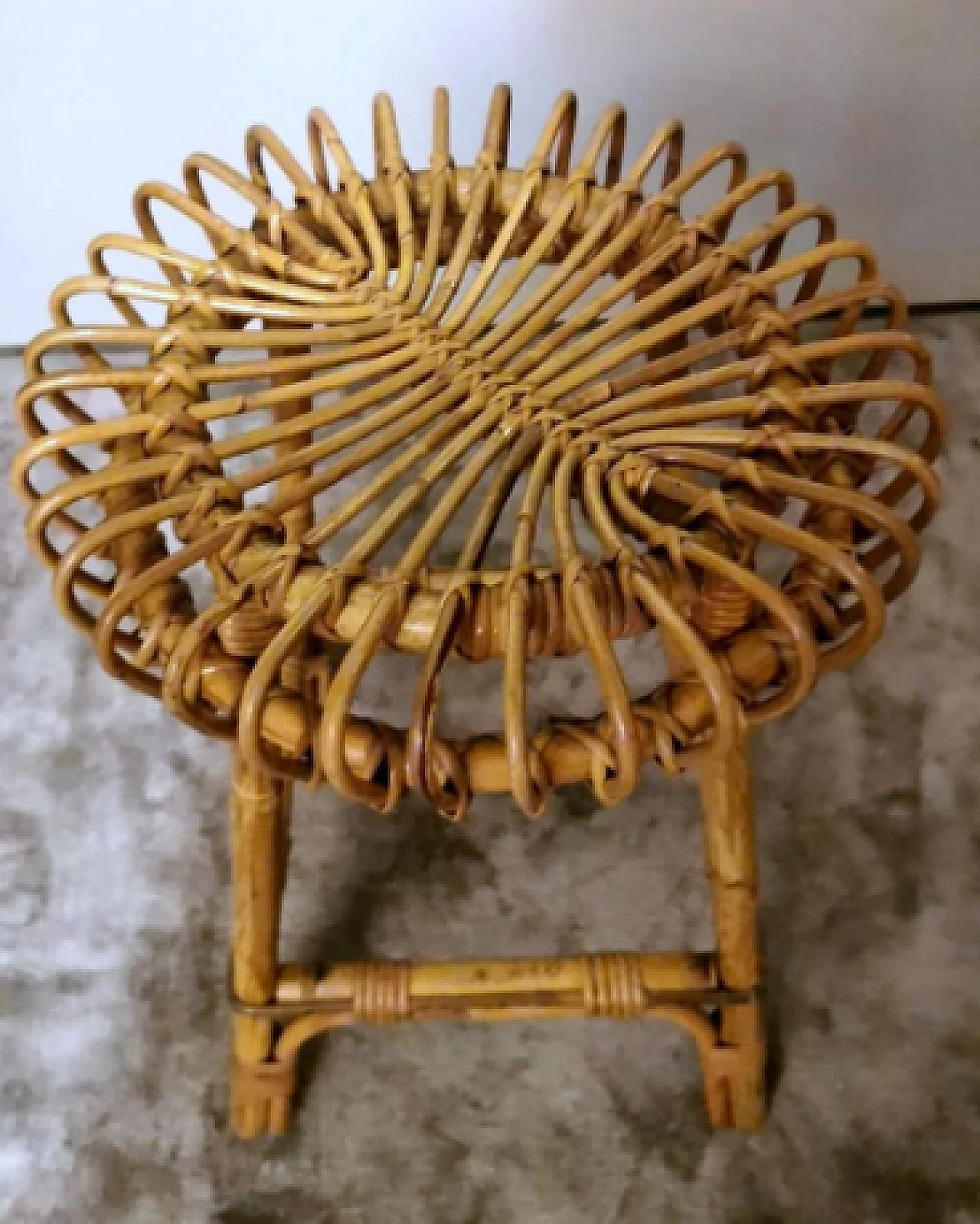
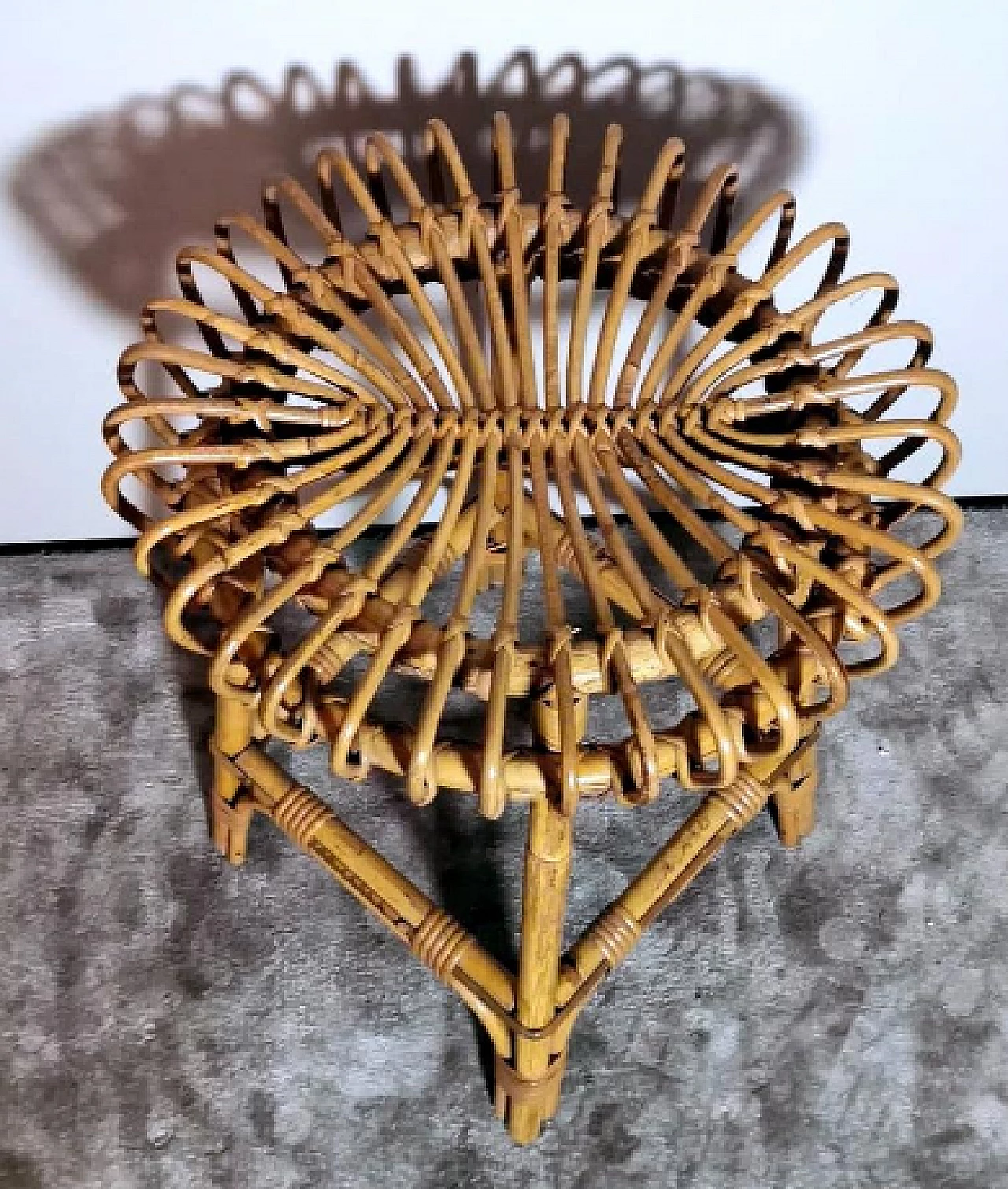
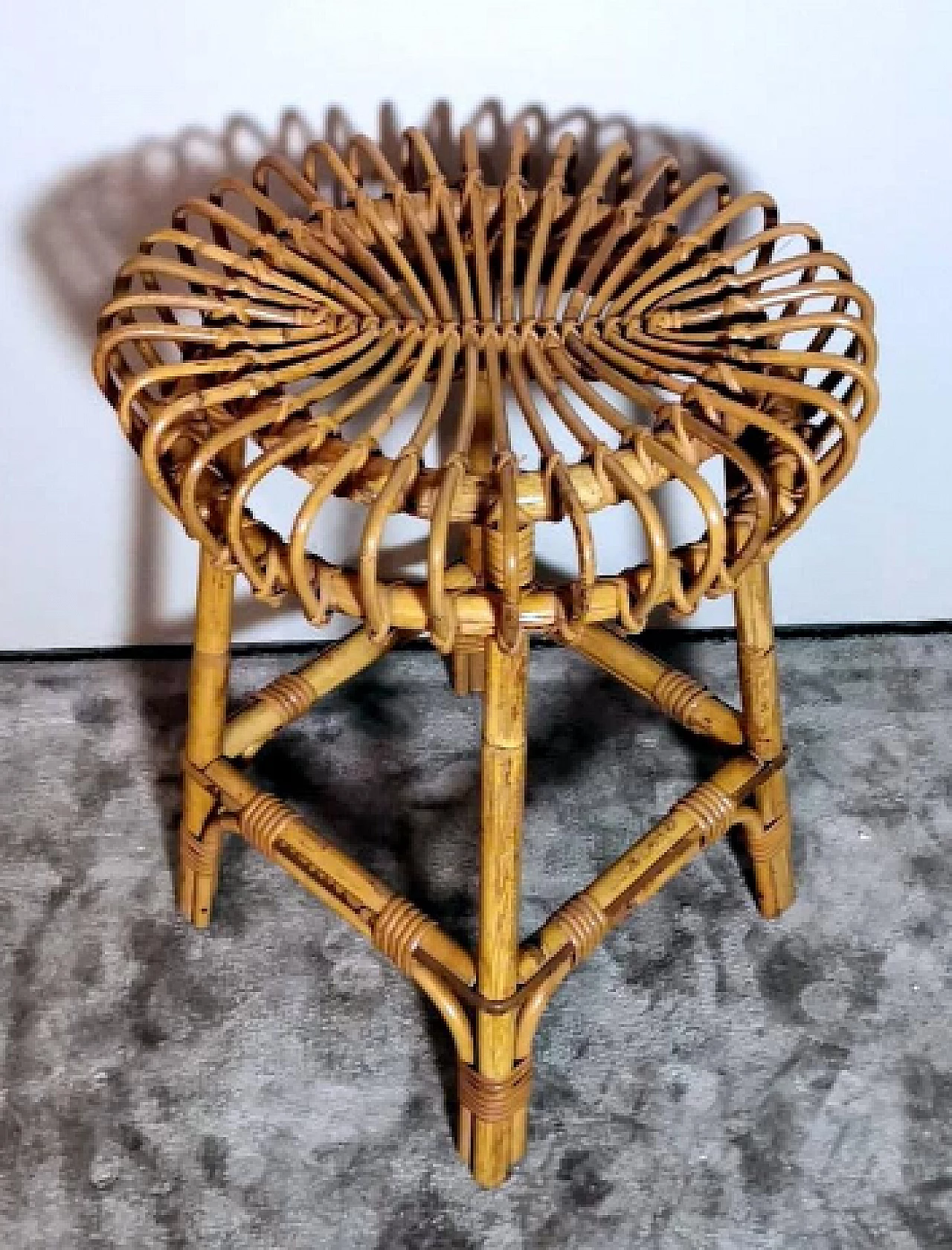
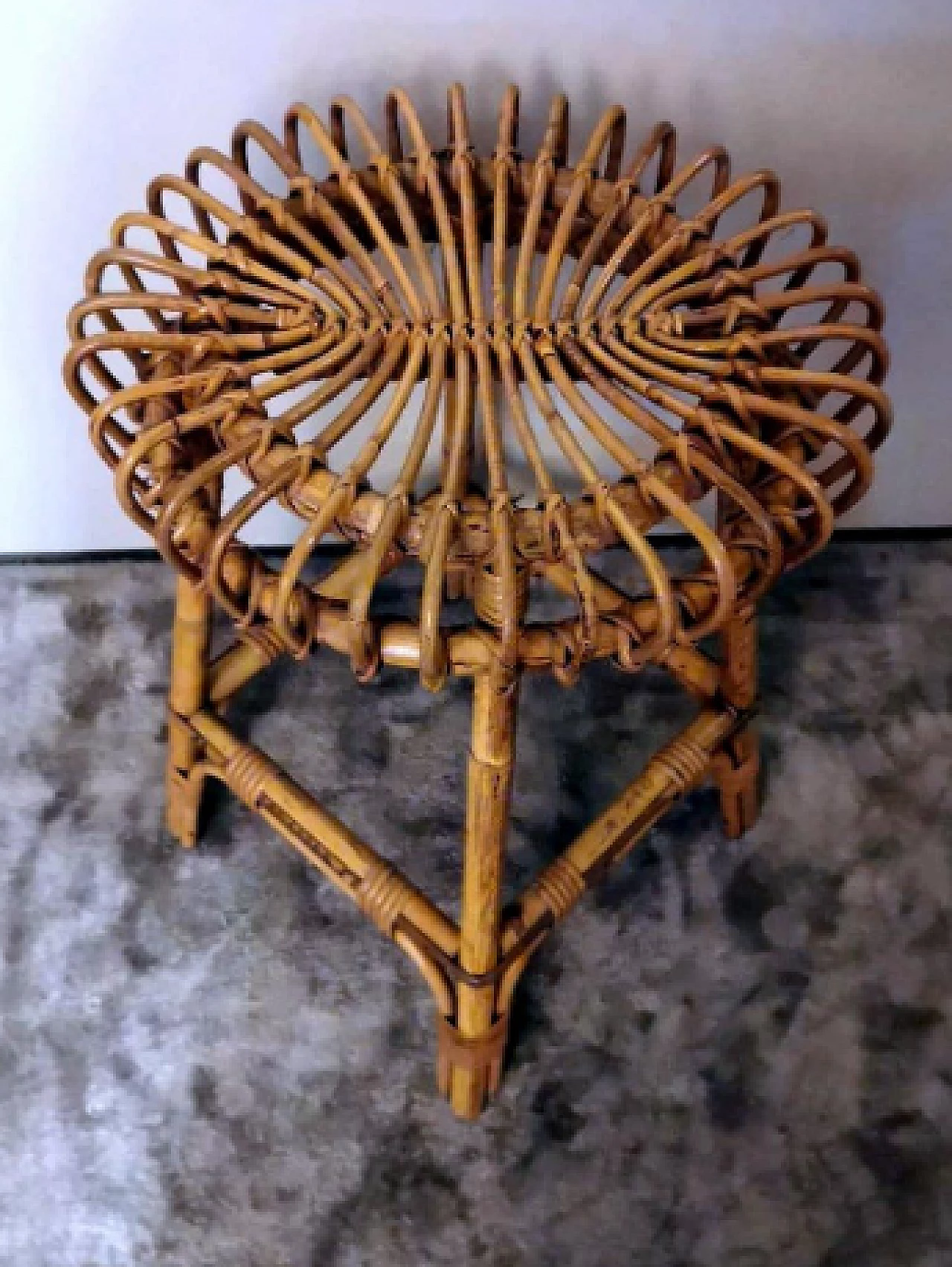
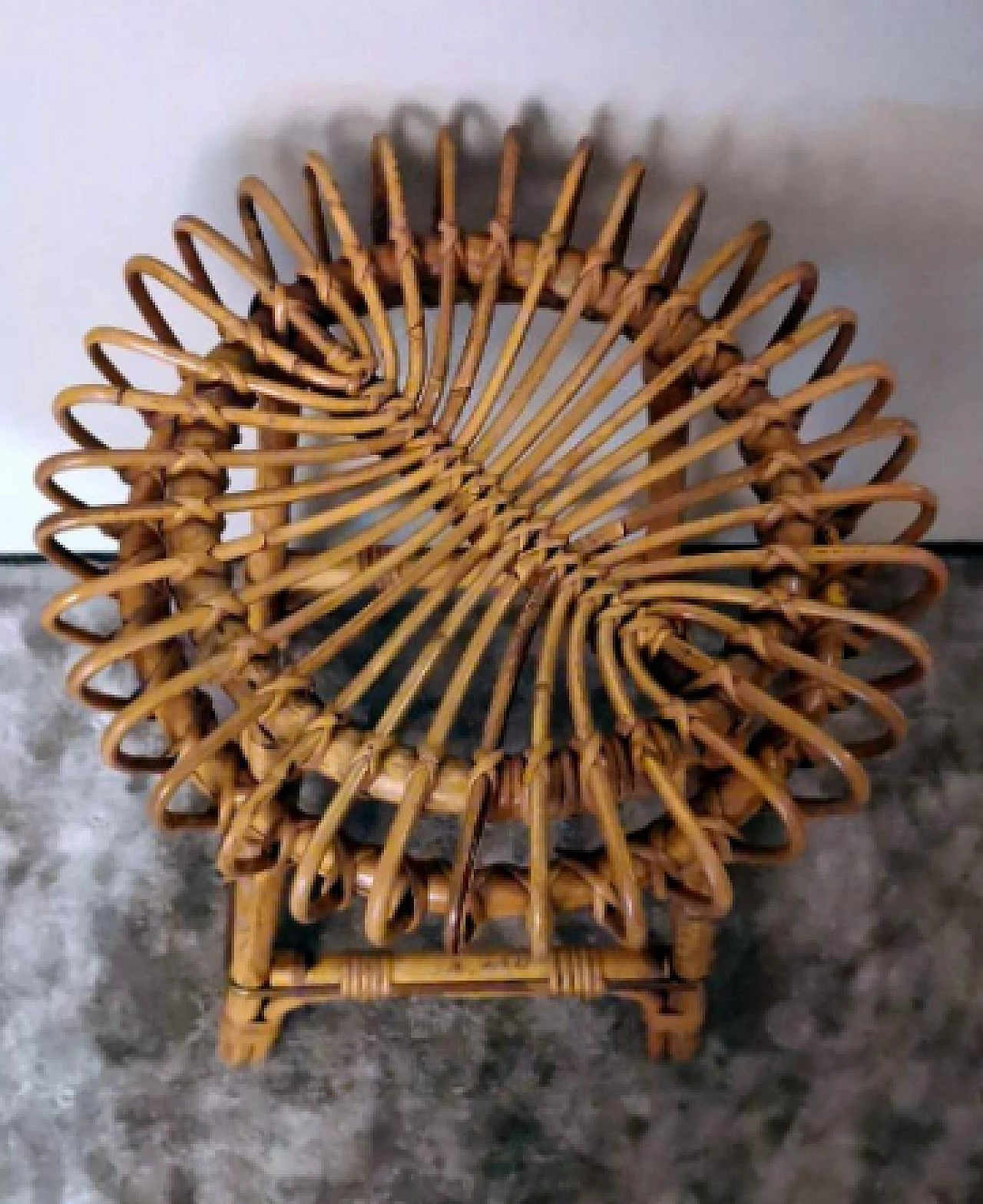
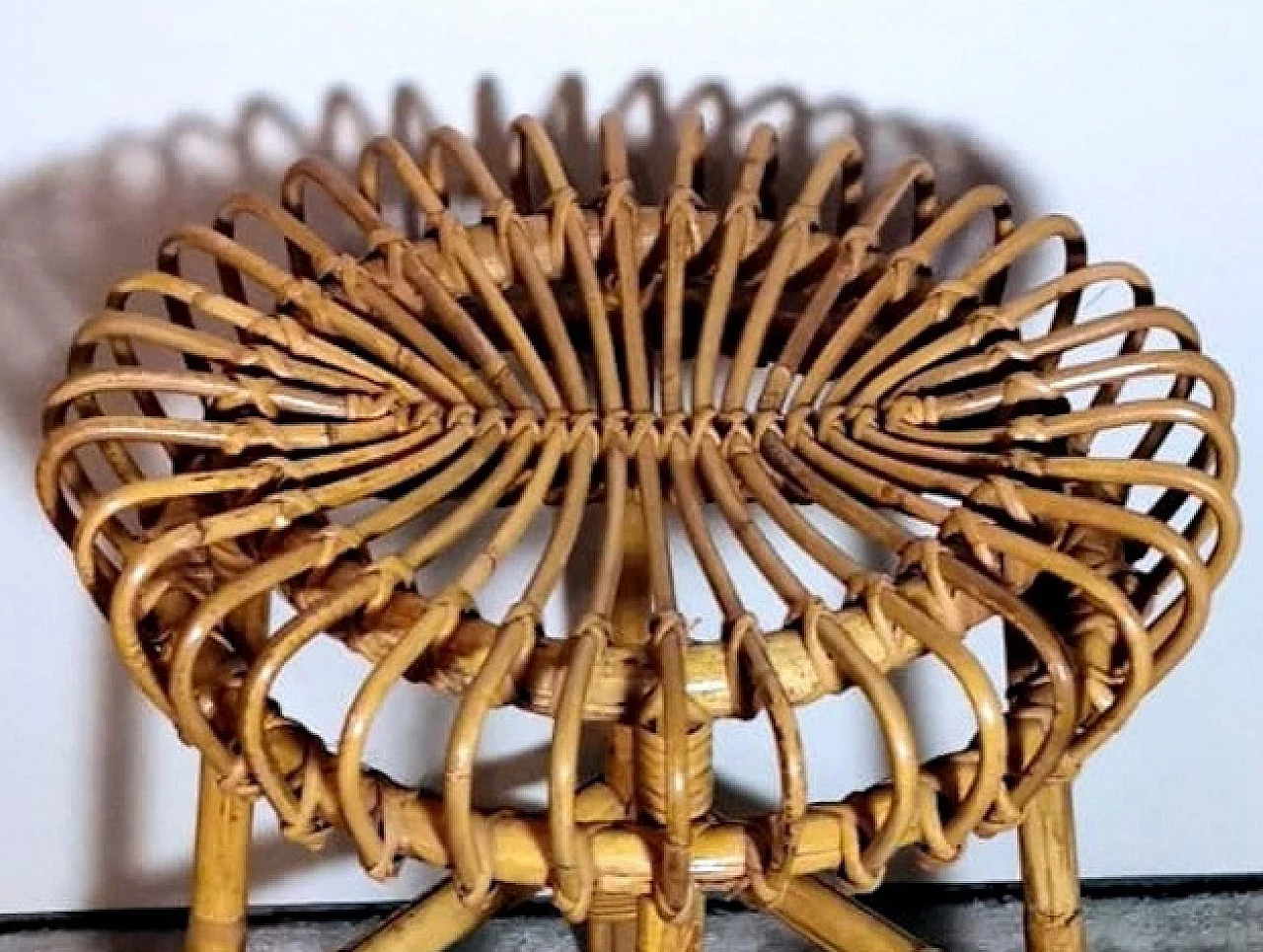
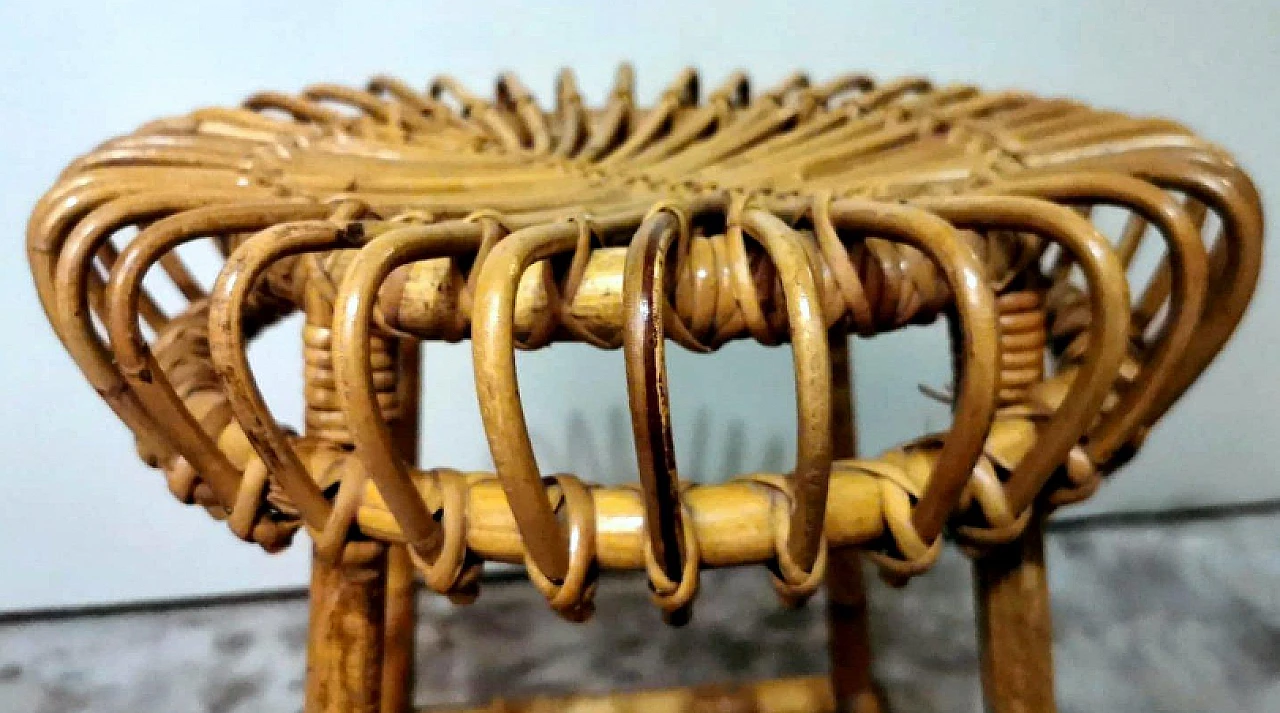
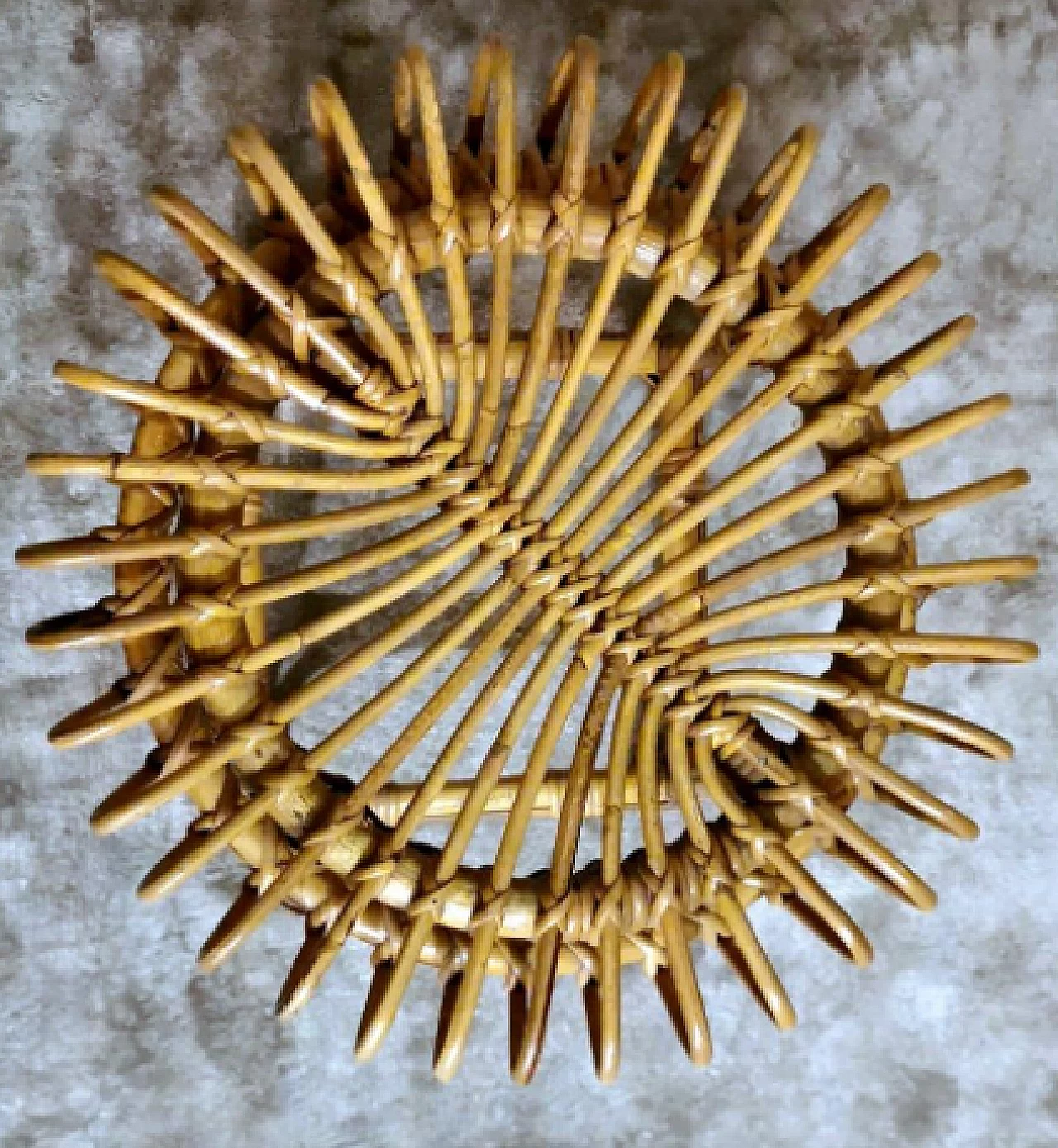
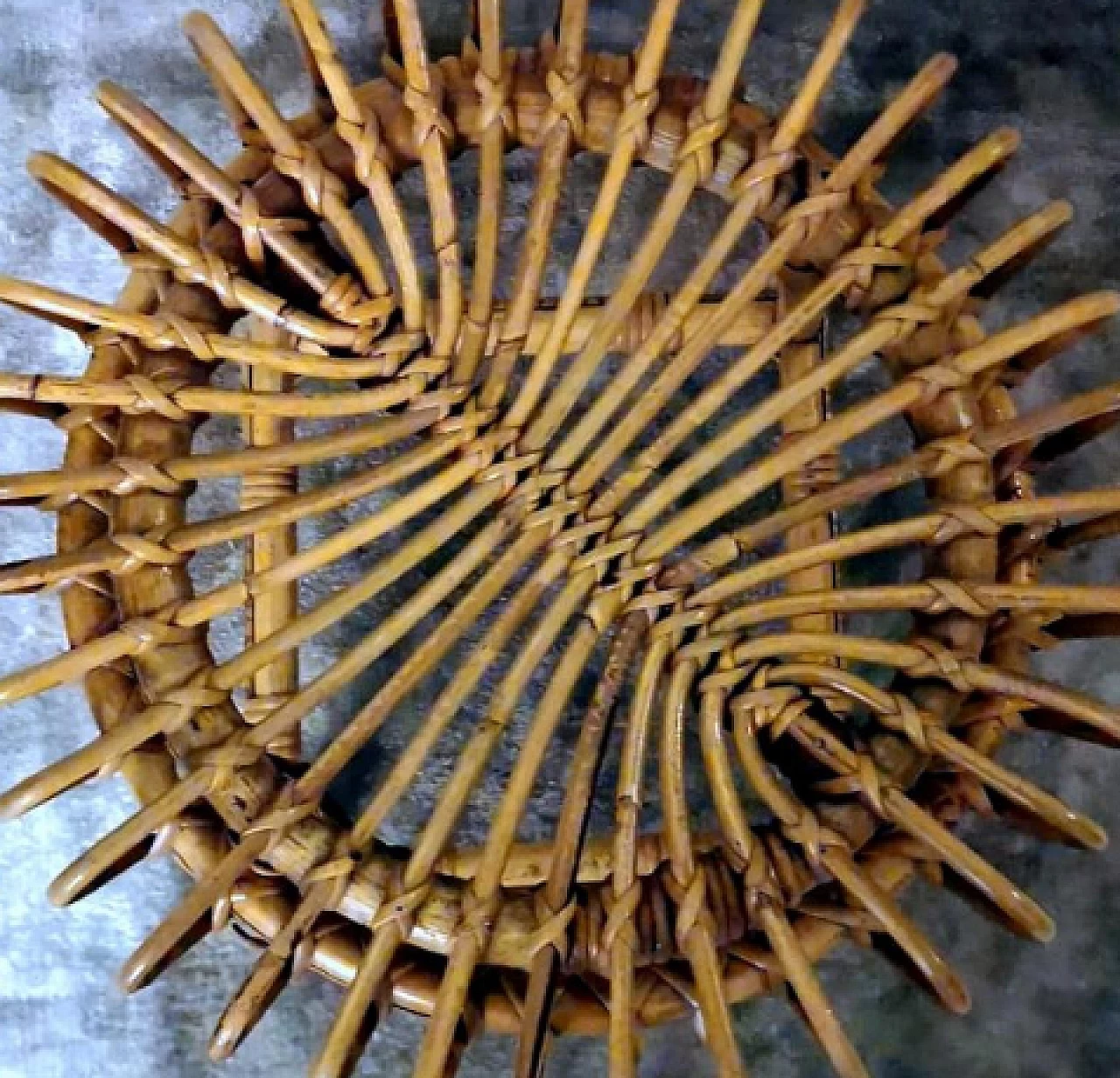
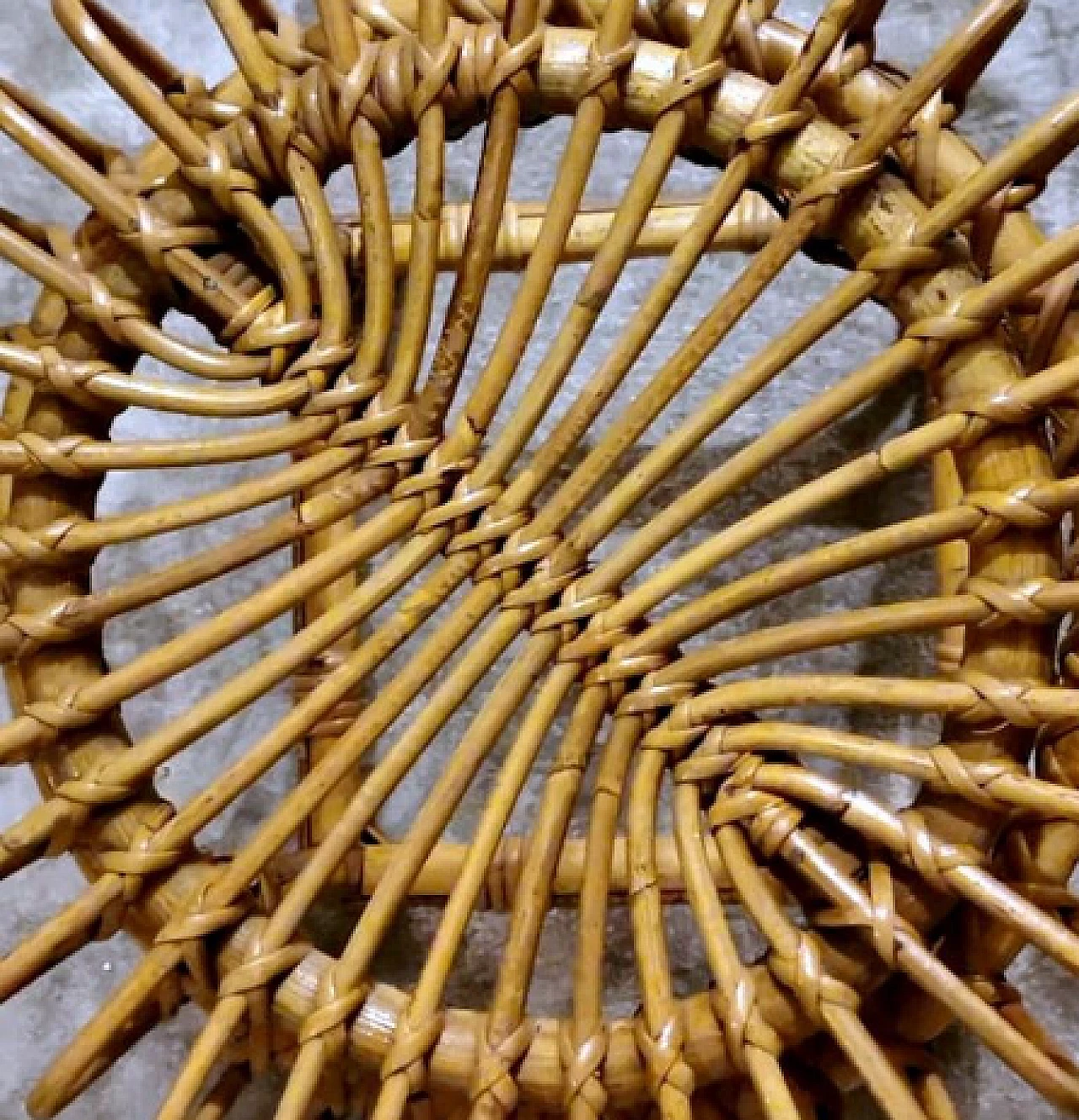
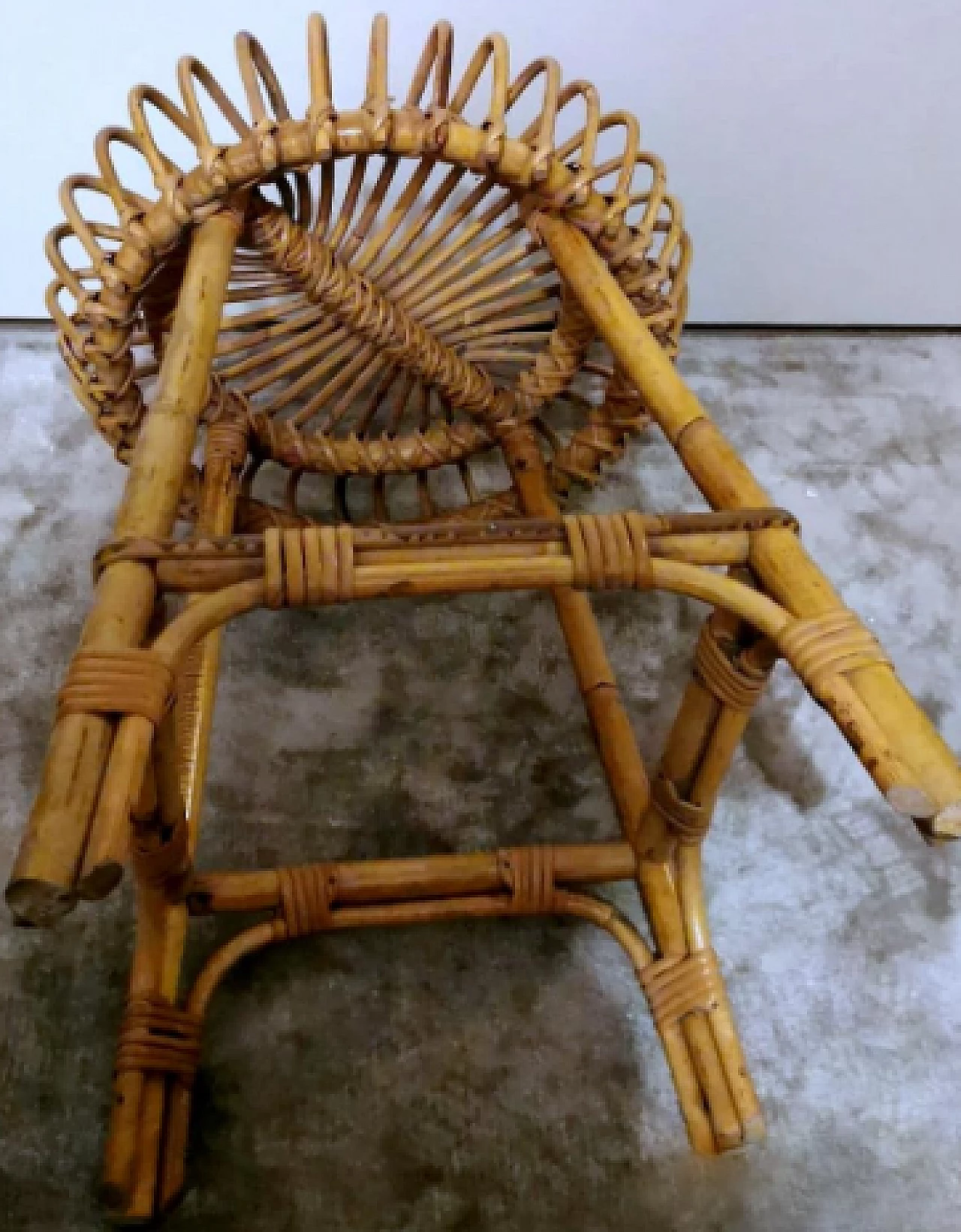
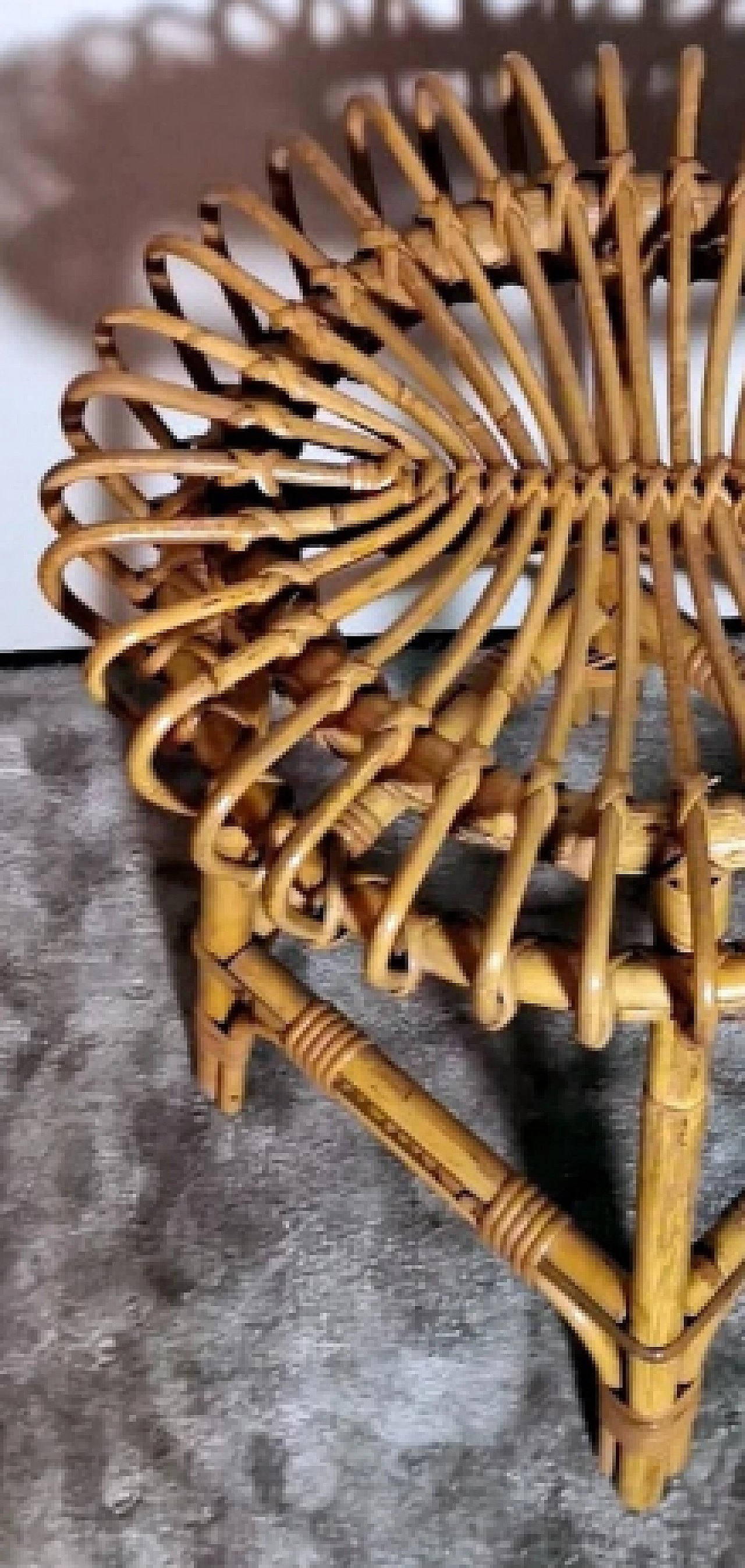
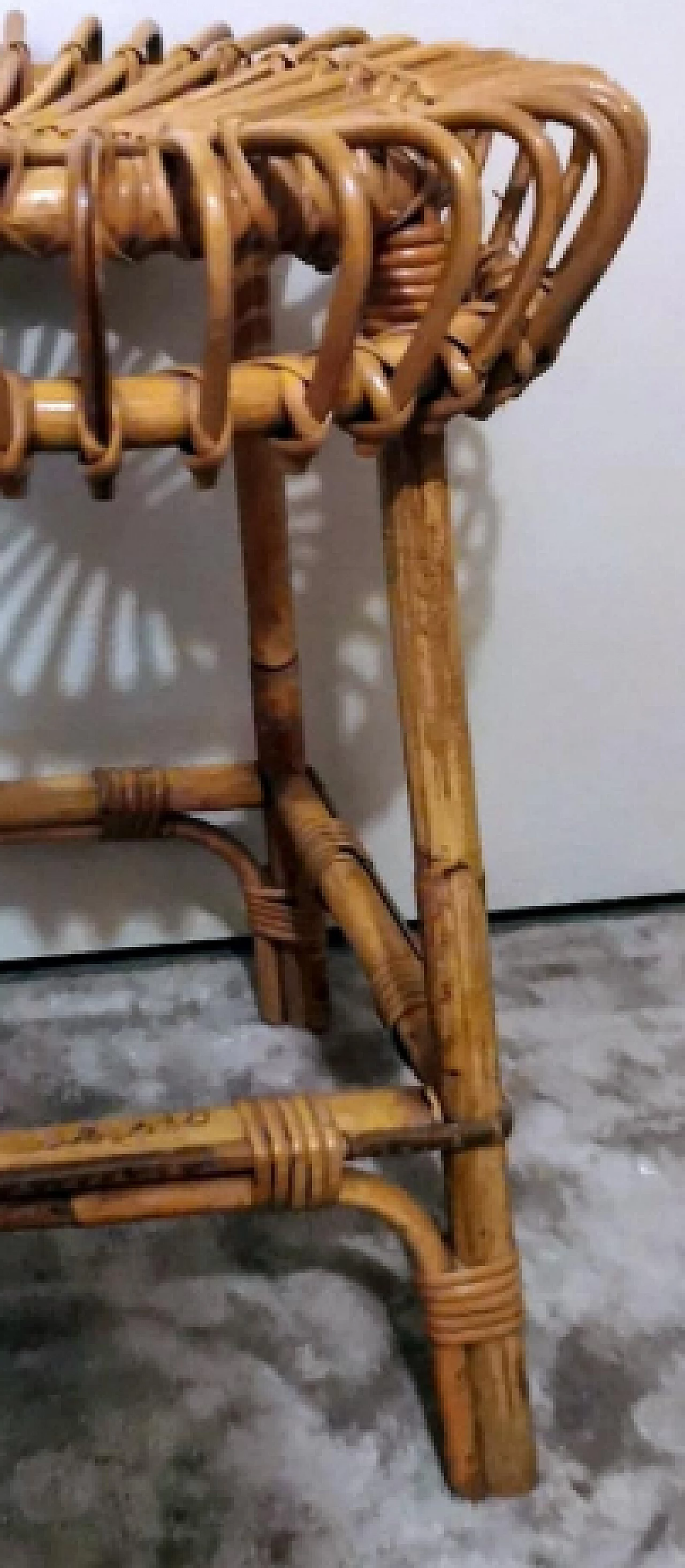
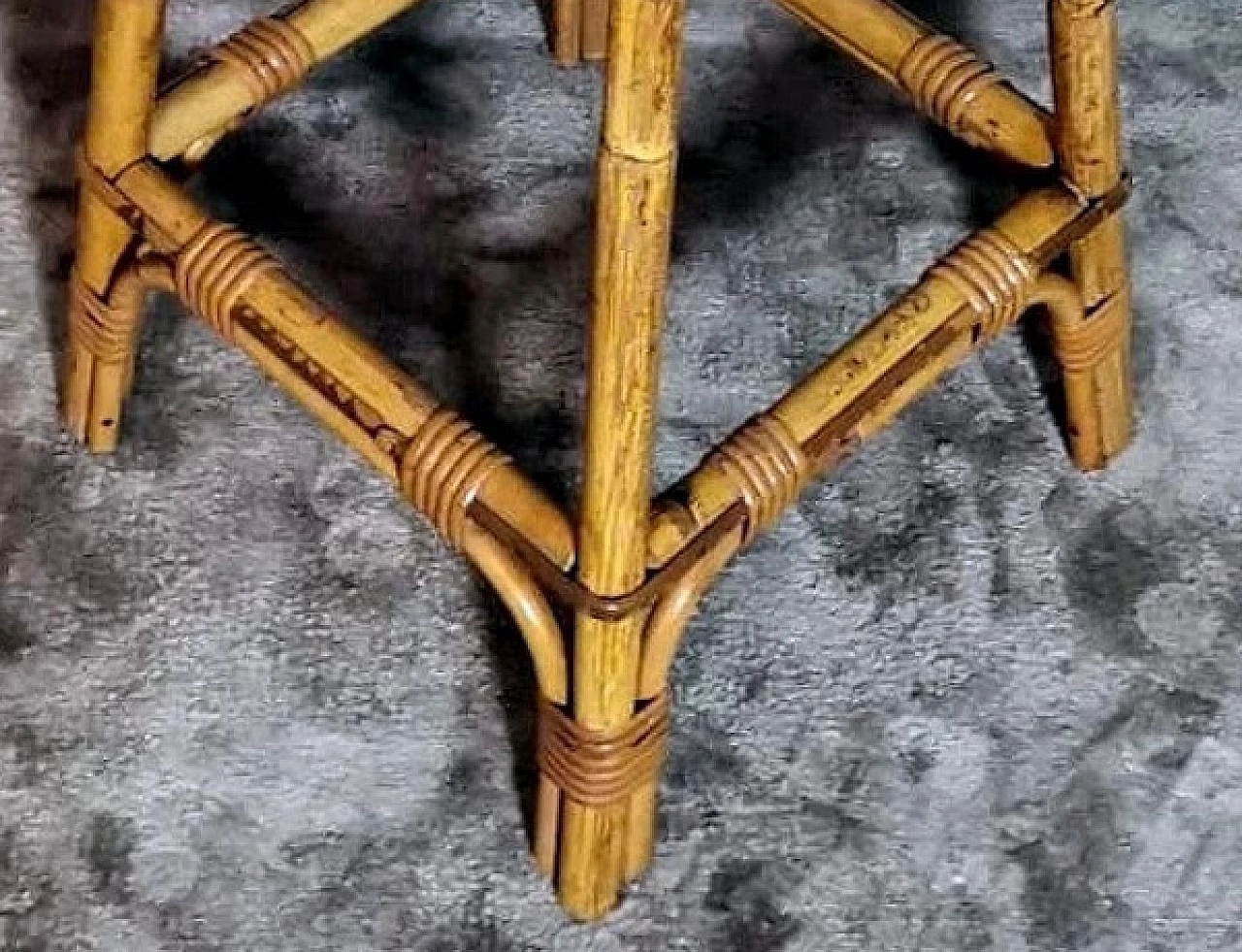
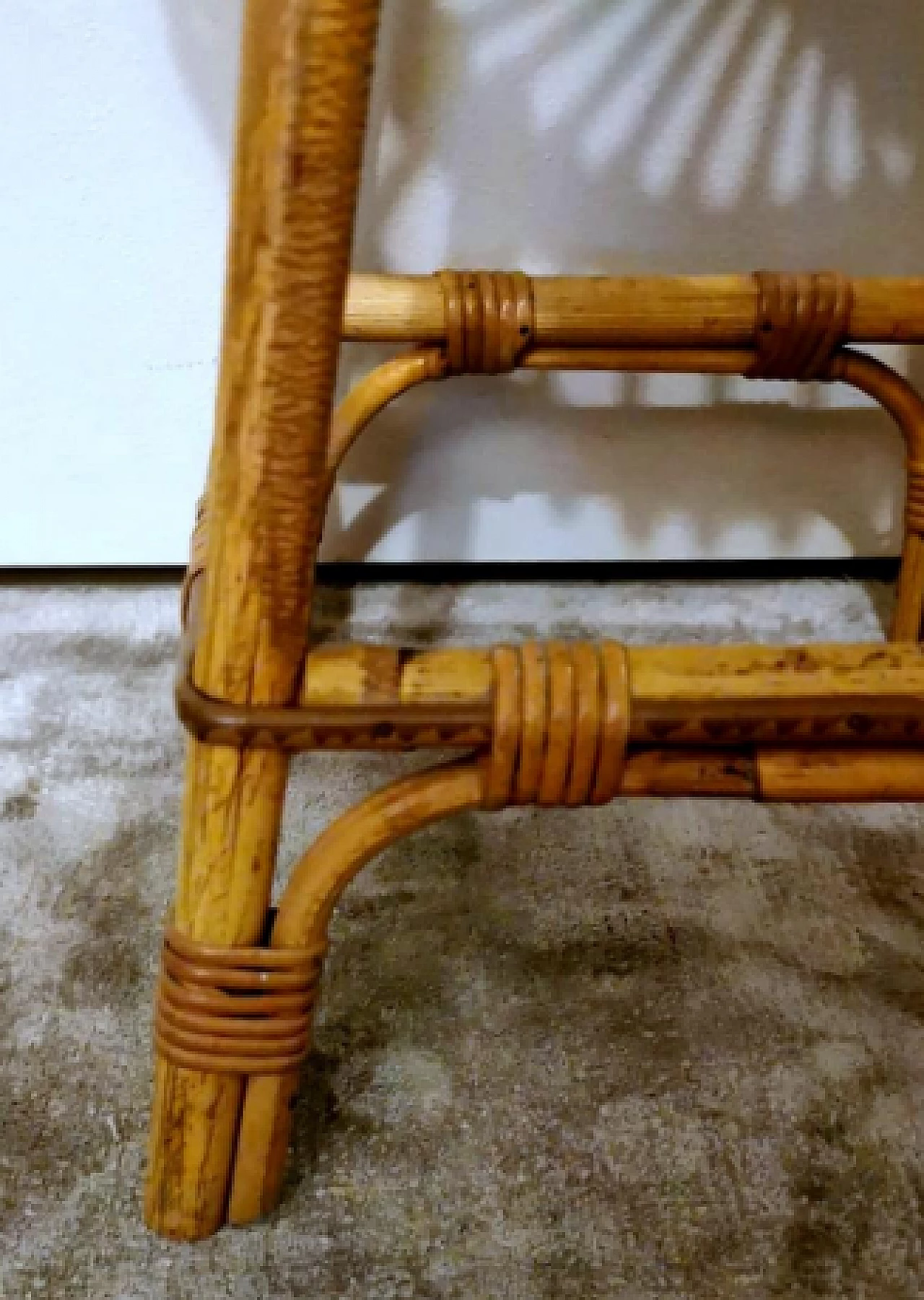
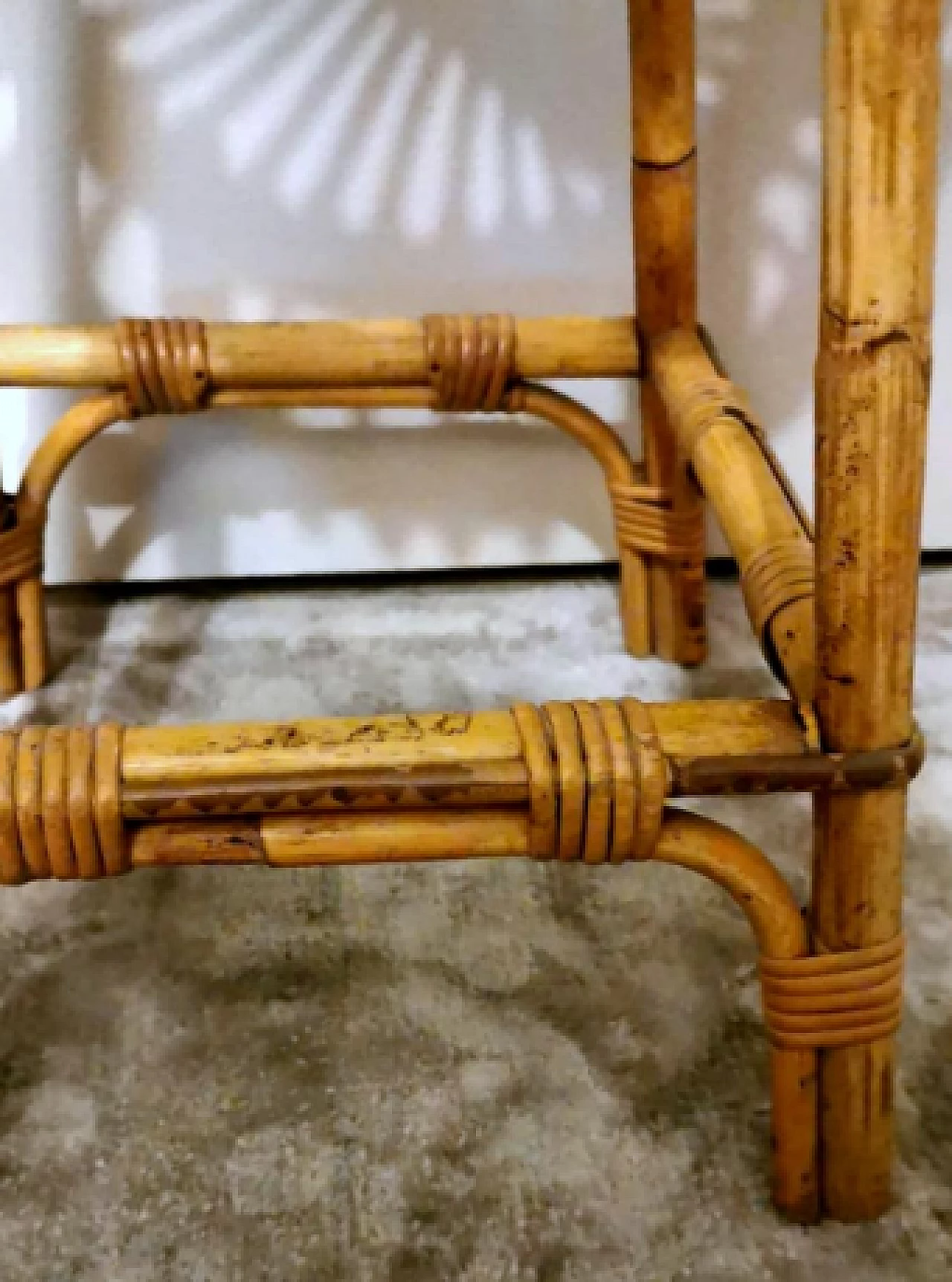
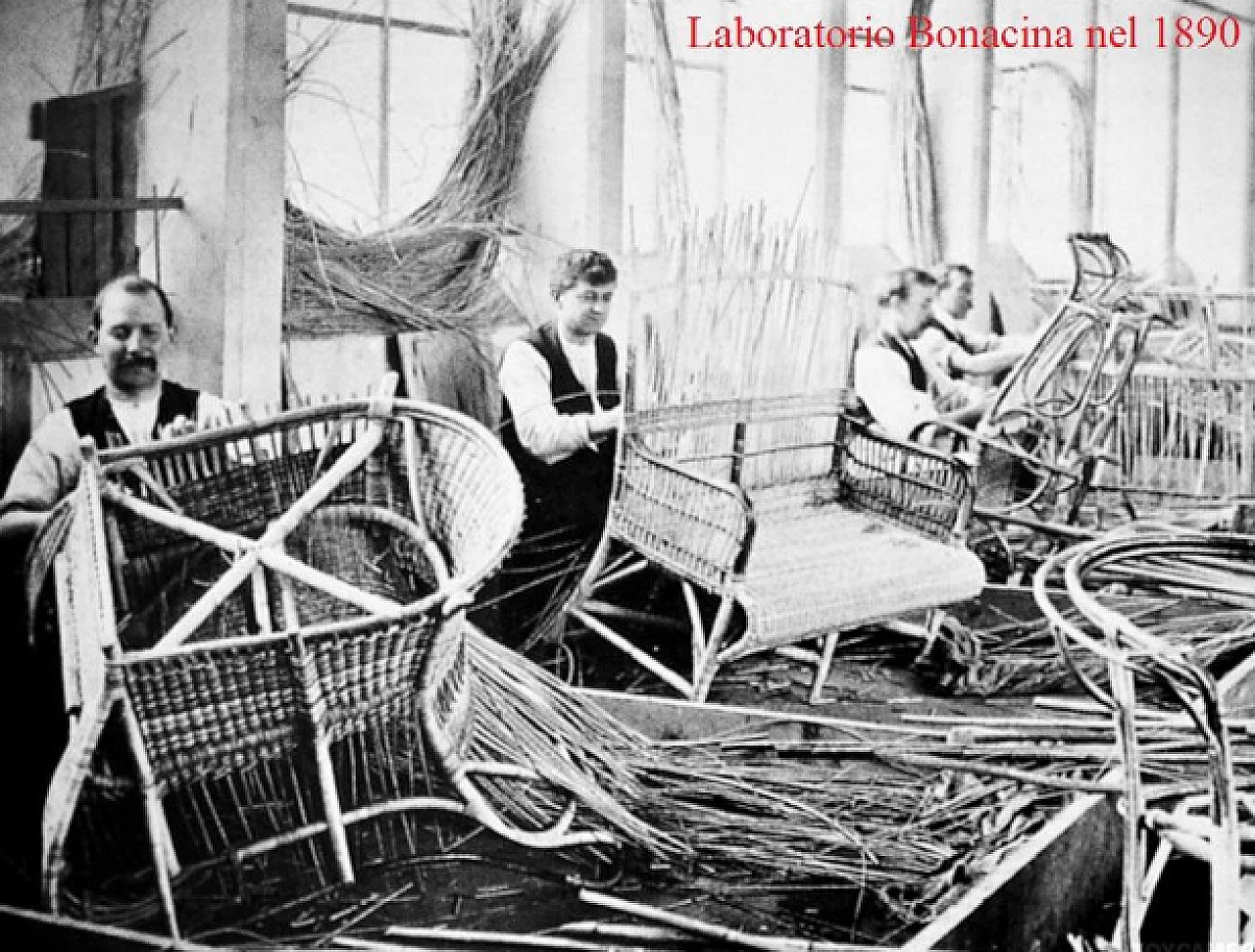




















Bamboo and wicker stool by Franco Albini for Bonacina, 1960s. Iconic and distinctive, it is characterized by the large and comfortable round seat from which four solid straight legs start which join in the lower part to give greater stability to the object. Both the seat and legs are made of sturdy thermoformed bamboo, while all sturdy bindings are made of wicker. The whole shape has a light and airy feel. It was designed in the modernist style by the famous Italian designer Franco Albini and created between 1960 and 1965 with extraordinary craftsmanship by the Bonacina company of Lurago d'Erba (Como, Italy). Franco Albini (17 October 1905 – 1 November 1977) was an Italian architect, designer and university professor of neo-rationalist design. A young pupil of Gio Ponti, Albini became one of the key figures of Italian Rationalism in the early 1930s, of which however he gave an interpretation that was in many ways eclectic. It was on the basis of these beliefs that after the war he approached the world of woven fibres, establishing, in 1951, a close relationship with the laboratory of Vittorio Bonacina, a company founded in 1889 by Giovanni Bonacina, Vittorio's father, who, exploiting the art of the ancient craft of basket weaving, he founded his own company, soon expanding his production with armchairs and furnishing elements, specializing in the use of materials such as bamboo, rattan and wicker. The result of this collaboration culminated in the bamboo and rattan furniture presented at the IX Triennale in 1951. The material, traditional and poor, was approached for the first time with a spirit of research and avant-garde, giving life to some masterpieces that have left an indelible mark of Albini and Bonacina in the history of design. Other prestigious Italian companies, such as Cassina, Arflex, Poggi, Arteluce, Brionvega and Knoll, have made use of the active collaboration of Albini, who has been awarded the Compasso d'Oro three times, the most prestigious Italian design award. The tradition of such furniture originated in the United States at the end of the 19th century. The fashion soon spread to Europe and Italy, both in Brianza and in the Po Valley and in Tuscany. From an eminently poor material, it has found itself filling the role of a luxury detail in contemporary design, bringing with it the added value of dozens of hours of manual work carried out by a dying class of skilled craftsmen. The term bamboo identifies a group of very vigorous evergreen herbaceous plants that grow in a tropical or very humid climate; all bamboo species have a common characteristic: a hollow stem, very tall, easily workable and rather rigid. It is used for the production of furniture, chairs, deckchairs, sofas but also household items and even parquet and flooring. Bamboo is a symbol of resistance: it is prized for its ability to withstand storms without breaking, thanks to its hollow, flexible stem and extraordinarily strong roots. It is a symbol of purity, firmness and other virtues. The pith is the innermost part of the rattan cane which is broken down into very thin strips; it is therefore the most valuable and refined part and therefore also the most delicate. Rattan is obtained from Indian cane which, left to dry in the sun on the edge of the forests, takes on extraordinary qualities of resistance and durability. In the outdoor finishing sector it is worked with or without bark. There is also wicker, a material made by intertwining willow branches or other plants. The elasticity and resistance of willow wicker have made it, since time immemorial, ideal for making baskets and baskets; rush is also used for these processes, a small perennial plant found in marshy or maritime areas.
ID: 4672-1710869411-85996
